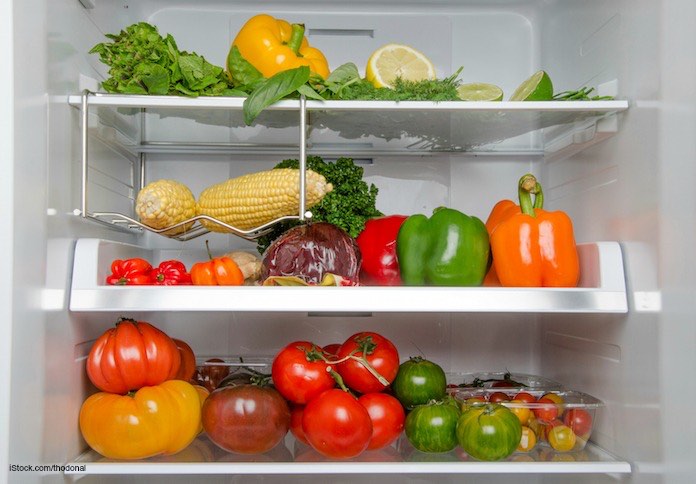Food recalls are handled by the FDA and USDA. They tell consumers about problems or issues with the food they regulate. Recalls can range from a processing error or mislabeling to undeclared allergens and pathogen contamination. It’s important that everyone be aware of these recalls and stay up to date. But what should you do with a recalled food product?

It depends on the reason for the recall. If the recalled food product is recalled for something that isn’t going to affect health, it’s your choice whether or not to discard it. If the recall is for an undeclared allergen, it doesn’t affect you or your family unless a person in your family is allergic to that ingredient; throw it away if this is the case. But if the recall is for a pathogen, you should follow these steps.
Any food that is contaminated with a pathogen can be a threat in several ways. First, eating the food can cause serious illness. Second, the food may contaminate your refrigerator, pantry, or freezer. And third, the food can contaminate other foods that are eaten uncooked.
The first thing to do is throw the food away or take it back to the store where you bought it for a refund. Then you need to clean your kitchen and the areas where the food was stored. Wash your hands with soap and water after handling the recalled product.
First, empty the refrigerator, pantry, or freezer where you kept the recalled food. Then, wipe down the packages in those areas with a cloth soaked in soapy water or a mild bleach solution, depending on the pathogen. Pathogens such as Listeria monocytogenes or E. coli should be eradicated with a solution of 1 tablespoon liquid chlorine bleach to 1 gallon of warm water.
Then clean the fridge, pantry, or freezer with soapy water or the bleach solution, rinse, and let them air dry. Put everything back and wash your hands. Think bout cleaning your countertops, drawer and cupboard handles, and the floor, especially if you have people in your household who are more susceptible to serious complications from food poisoning.




